Description
Chili pepper (Capsicum anuum) has been a part of human cuisine from as early as 7500 BC. There is archaeological evidence in southwestern Ecuador that chili was domesticated more than 6000 years ago, making it one of the first agricultural crops in the Americas.
Christopher Columbus was one of the first Europeans to see chili peppers (in the Caribbean) and called them “peppers” because they had a similar spicy taste to the pepper he knew from the Indies. Diego Álvarez Chanca, a physician on Columbus’s second trip to the West Indies in 1493, brought the first chili seeds back to Spain and wrote about its pharmacological effects. With the help of European sailors, plants were quickly transferred to the Philippines and then to China, Korea, and Japan. This new spice quickly found its way into the kitchen in these countries. Not much later chili peppers were brought to India and it has since been much used in India in preparing food, especially in the region of Goa. Currently, India is the largest producer of chili in the world with about 1 million tons per year. In Vietnam, chili is grown in many different provinces.
Chili is a heat-resistant plant. The best temperature for growth is between 18C and 30C, above 32C and below 15C plants grow poorly and flowers fall out easily.
According to literature, peppers have health effects such as improving heart function, lowering the level of low density (bad) cholesterol, slowing the growth of prostate and pancreatic cancer cells, reducing pain from arthritis and myalgia, fighting inflammation and lowering blood pressure.
Many different varieties of chili are known. The most commonly grown chili in Vietnam is cayenne pepper having 30.000-50.000 SHU (Scoville Heat Unit), which is of medium pungency. Climatic and farming conditions also influence the quality and the pungency. Taking advantage of climate and soil conditions suitable for chili plants, jointly with our farmers, we develop organic chili growing areas in the Hoa An and Ha Quang districts (Cao Bang). In organic farming conditions, without the use of chemical fertilizers and pesticides, these chili peppers are fruity, thick, grainy, and especially aromatic and spicy.
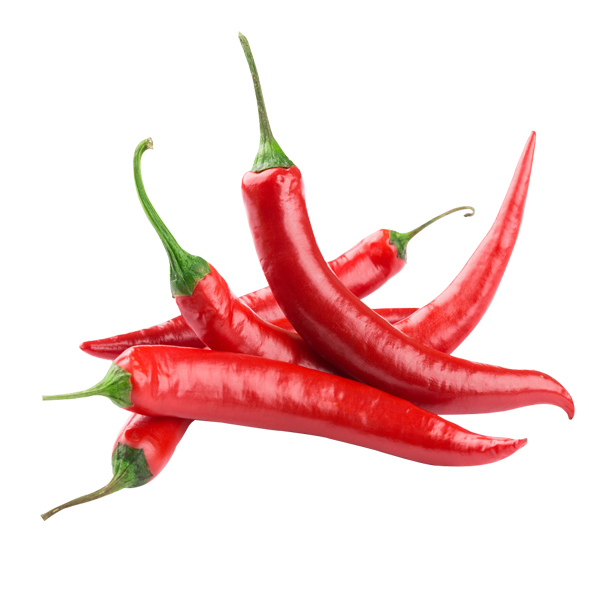
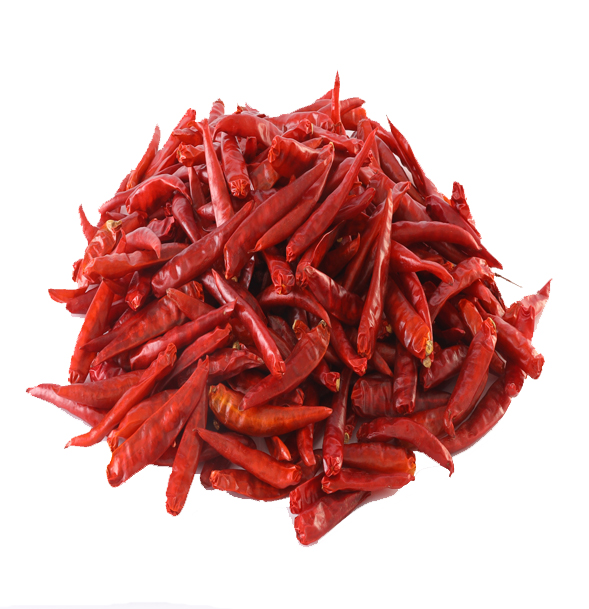
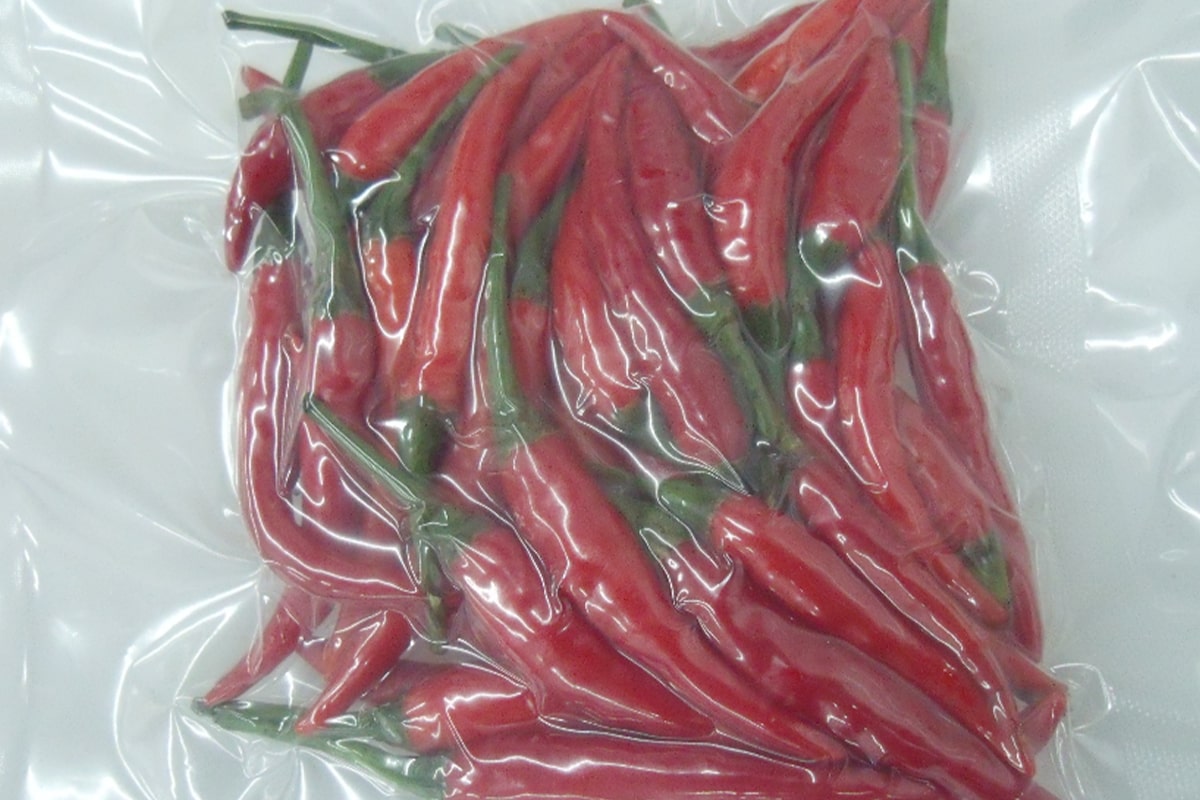

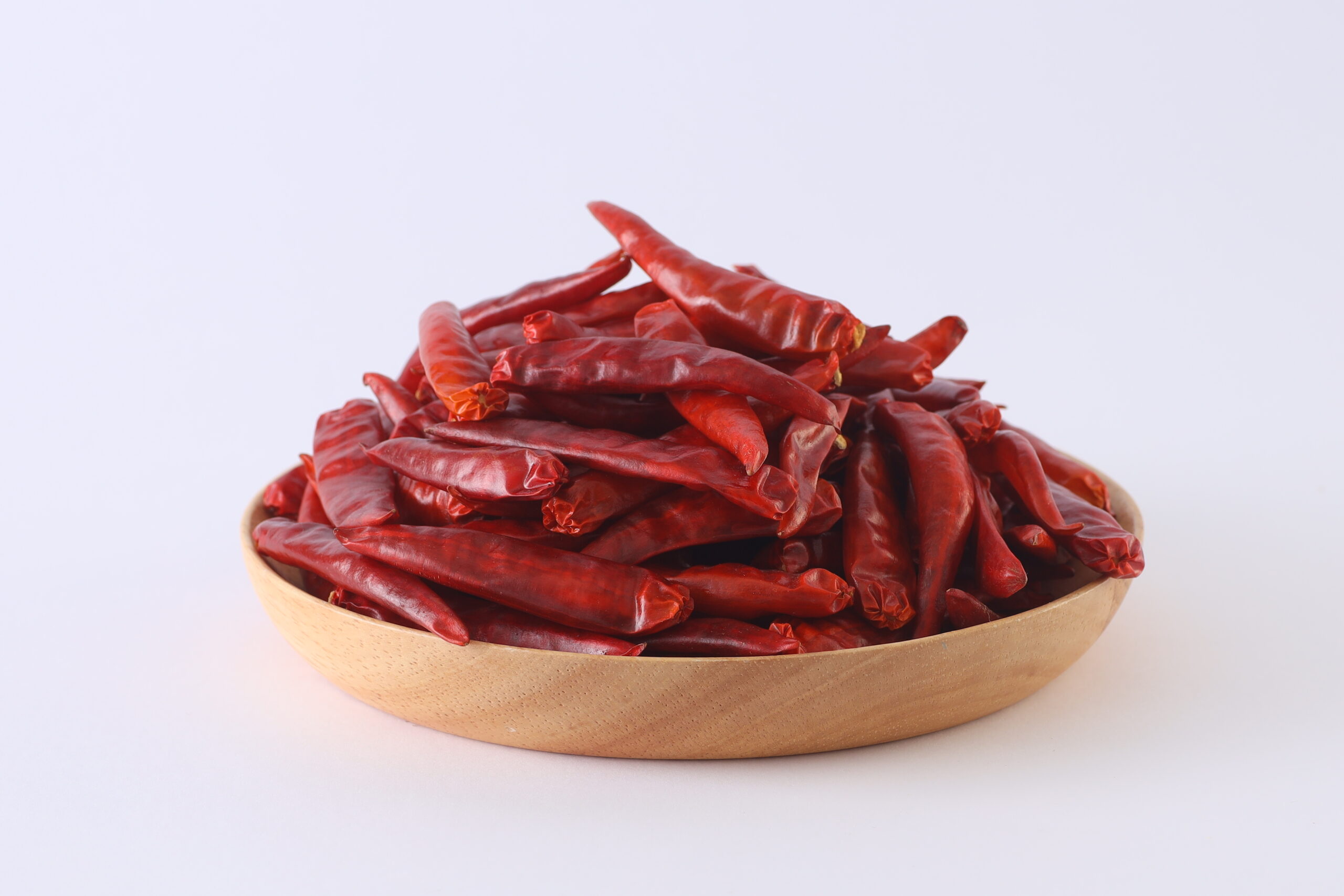






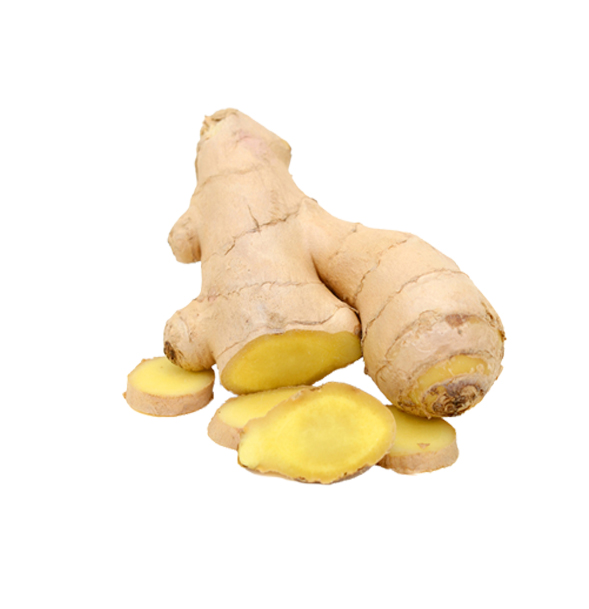

Reviews
There are no reviews yet.